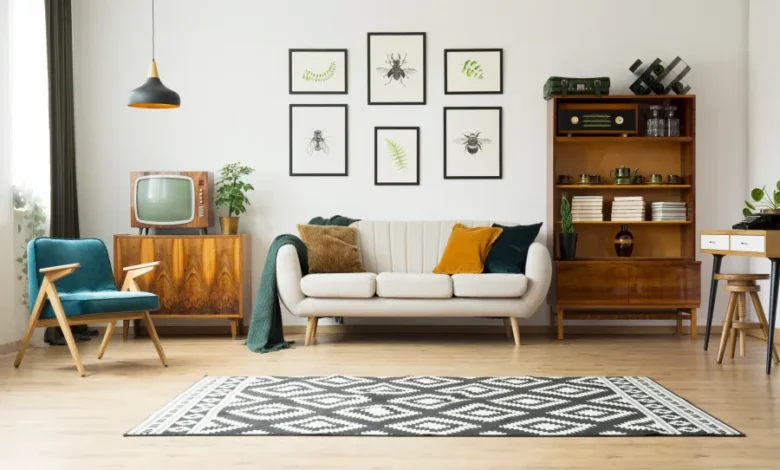7 Things to Consider When Decorating Your Living Room

Choosing the furniture and accessories for your living room can be a thrill and a challenge because this is one of the focal areas in any home. It is the only area where form and fashion meet practical requirements and comfort. Although redesigning living room furniture sets might mean changing most of the furniture and decorations in the living room or several changes, there are seven factors to consider to have a beautiful and functional living room.
1. Functionality and Purpose
However, if you would like to get right down to the subject of aesthetics, the first consideration is the role that your living room is to play. This can significantly affect the design, styling, or even the arrangements of your space and furnishings. That is, if it is mainly used by the family only, it will be more important that the furniture used is comfortable and long-lasting. Choose fabrics that do not attract stains and robust and hardwearing materials for multi-use areas such as the living room. If your living room is more for entertaining, have an open, futon-like seating area or accent chairs to cater to the guests.
2. Lighting
Lighting might be amongst the most important aspects of living room design, yet it is usually underestimated. Lighting plays a great role in making the room look inviting and complementing the room’s activities. It is recommended to use ambient, working, and accent lighting to prepare for every event.
- There is normally one source of light in the room and this is the ambient light, which could be ceiling lights or lights installed on the ceiling.
- It is much used by providing localized light such as the floor lamp or the table lamp for the required tasks like reading, working, etc.
- Accent lighting pertains to lights such as sconces or LED strips which illuminate items such as artwork, plants or architectural features.
- To increase the intensity of light, arrange furniture in such a manner that it takes advantage of the windows Fancy cloth wall hangings, light-colored walls and curtains that reflect light.
3. Furniture Layout and Flow
It is also important to assure the overall organization of furniture in a room so as to achieve the best circulatory pattern. To especially begin, try and look for an emphasis point in the room; this can be the fireplace, a large window, entertainment center and so on. When you arrive at defining the UVG, layout the seating with regard to the stimulation of conversation and interaction.
4. Color Coordination
Hue is among the great instruments that can be used by an interior designer. The choice of colours really determines the mood of the facility; whether you prefer a normal, pastel colour or a bright, flashy colour. Brighter shades of colors make the room seem more spacious, whereas darker shades make the room seem more enclosed and warm.
5. Textures and Materials
Making them textured is essential in order to achieve an adequate design of the living room. It is possible for a whole area to become monotonous and boring when all the articles as well as finishes are of the same level. There is room for texture in the room by combining the soft and hard texture so as to break the monotony.
6. Personalization
This is why it is important that your living room interior should suit your personality and lifestyle. This is perhaps where family photos, paintings, mementos from travels or hobbies, or collections fit the best. Do not shy away from using items in your décor that speak something about you. It will also reduce people’s impression that the house is like one of those model homes showcased in buildings and this will be helpful in making the place more personal.
But do not overdo this and make a mess of little decoration items in the room. Carefully selected pieces of furniture and equipment give individuality to interiors, not loading them with heavy equipment. When placing personal items, some should be strategically placed while others are placed in between the design so that they do not disrupt the overall design pattern.
7. Scale, Proportion, and Balance
Proportion is the key to the proper organization of a living room because everything should be thought of on a large scale. It is also important to note that the size of furniture and decor should reflect the size of the room that it is placed in. A dining set that is too large in a small room will give a cramped and uncomfortable feeling to the room; on the other hand, large rooms with small furniture give an empty and forsaken feeling to the big room.
Summary
For instance, when you are designing a small living room, it will be advisable to use slim furniture that will not take much space in the room and still give you a more spacious-looking room without even trying. But conversely, in large rooms, you can comfortably incorporate large furniture, such as large coffee tables or extra-large pieces of art, to fill the room suitably. This makes the room look congruent and the proportions of the components are well co-ordinated and integrated into one room. Use the rugs, art and lighting to balance between one element and another since all these four elements have to be congruent in a particular interior.
Visit forbesnest for more.



